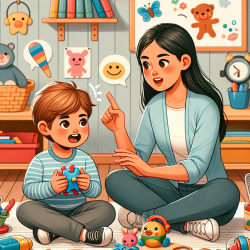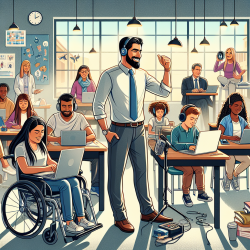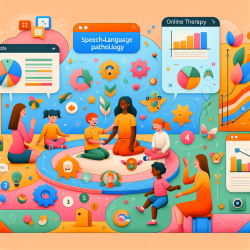Social skill challenges are a significant aspect of autism, yet there is often confusion about what social skills entail, how to assess them, and the best methods for teaching them. In this post, we'll delve into the definition of social skills, how they differ from communication skills, and explore effective strategies for teaching these vital skills in school settings.
Defining Social Skills
Social skills are desirable behaviors that occur in a social context. They enable individuals to receive more positive than negative responses from others. It’s important to distinguish these from communication skills, which may not always have a social function. For instance, a child repeating noises alone might not be engaging socially unless it elicits positive responses like laughter from others.
Teaching Social Skills: Key Approaches
There are several approaches to teaching social skills, each with its underlying assumptions:
- Applied Behavioral Analysis (ABA): Focuses on manipulating observable events to encourage positive behaviors.
- Cognitive-Behavioral: Expands perspective-taking and uses environmental manipulation to change behavior.
- Relationship-Based: Builds trust through engaging interactions and following the child’s lead.
Each approach has its strengths and can be tailored to fit the individual needs of students with autism.
Measuring Social Skills
Assessing social skills involves various methods such as observations, interviews, and rating scales. These can be categorized into:
- Type I: Rating scales and interviews measuring social competence.
- Type II: Observations of specific behaviors in particular settings.
- Type III: Role plays or discussions assessing knowledge of performing a skill.
The choice of assessment method should align with the targeted goals and the specific needs of the student.
Generalization and Motivation
A significant challenge in social skills training is ensuring that skills generalize beyond structured environments into natural settings. Strategies include:
- Motivation: Using intrinsic and extrinsic rewards to encourage skill use.
- Generalization: Coaching students to apply skills in real-world scenarios with peers and adults.
- Peer Sensitivity Training: Educating typical peers to support students with autism in social situations.
The Path Forward
The ultimate goal is to improve the quality of life for children by enhancing their ability to navigate social situations effectively. This involves prioritizing relevant skill goals, establishing motivation, teaching appropriate strategies, ensuring generalization across settings, and fostering peer relationships.
For more information on teaching social skills effectively, please follow this link.










